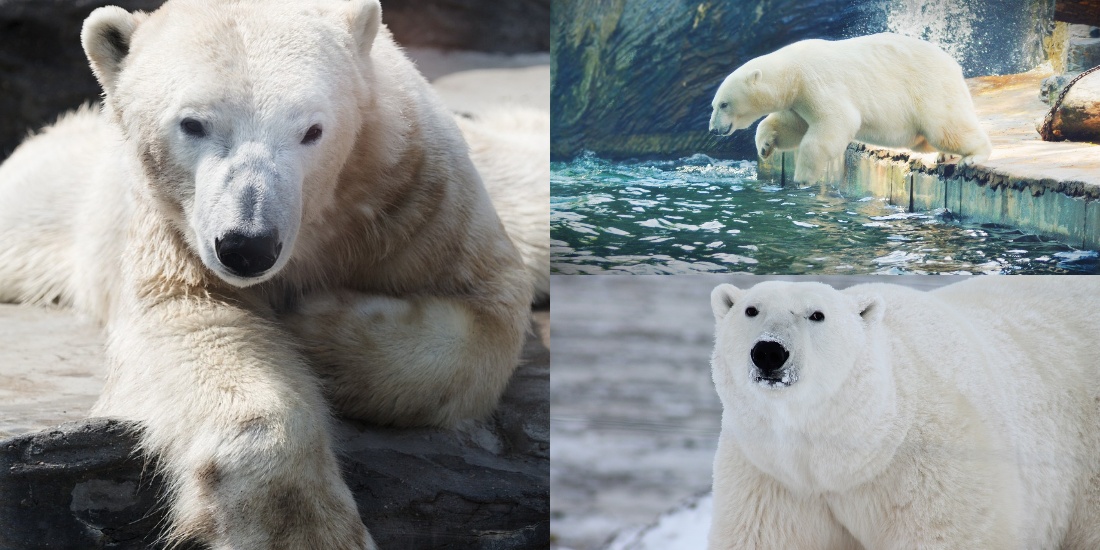The polar bear is a majestic and iconic species that is closely tied to the Arctic ecosystem. These magnificent creatures are known for their incredible ability to adapt to extreme cold conditions and rely on the Arctic terrain for their survival. However, climate change and other human activities pose a threat to their existence.
still, the polar bear population is now facing significant challenges due to the fleetly changing Arctic climate, primarily driven by global warming. This composition explores the relationship between polar bears and the changing Arctic, pressing the challenges they face, and the critical need for conservation sweat.

The Arctic is a unique ecosystem characterized by its icy geographies, firm swell, and extreme rainfall conditions. Polar bears inhabit this harsh terrain, roving across the ocean ice in hunt of their primary food source- seals. The Arctic also supports a different range of other wildlife, similar to walruses, Arctic foxes, and colorful raspberry species, all of which are intricately connected.
Polar bears calculate ocean ice as their primary niche for hunting seals, their main food source. They use the ocean ice as a platform to stalk their prey and to travel across vast distances. still, the extent and duration of ocean ice in the Arctic have been declining fleetly in recent decades.
The Arctic Ocean ice is melting at an intimidating rate due to rising temperatures, leading to the loss of critical stalking grounds for polar bears. As a result, polar bears are facing reduced access to food, longer fasting ages, and increased energy expenditure, which can eventually lead to malnutrition and dropped reduplication rates.

One of the most significant pitfalls facing polar bears and the Arctic ecosystem is climate change. Rising global temperatures are causing the accelerated melting of ocean ice, reducing the polar bears’ niche and stalking grounds. The bears heavily calculate ocean ice as a platform for hunting seals, essential for their survival. The loss of ocean ice is dismembering their feeding patterns and reproductive cycles, leading to population decline.
With dwindling ocean ice, polar bears face increased challenges in chancing enough food to sustain themselves. Longer ice-free seasons mean smaller stalking openings, performing in glutted bears, and reduced cub survival rates. The failure of food forces some bears to venture inland in the hunt for indispensable food sources, bringing them into contact with mortal agreements, which can lead to conflicts.
The Arctic acts as a Gomorrah for adulterants from artificial conditioning in other regions. These pollutants accumulate in the Arctic food chain, primarily affecting top bloodsuckers like polar bears. patient organic adulterants, similar to PCBs and mercury, can vitiate polar bears’ vulnerable systems, reproductive health, and overall well-being. The impact of these adulterants on the bears’ long-term survival is a growing concern.

Feting the urgency of guarding polar bears and the Arctic ecosystem, transnational associations, governments, and conservation groups are laboriously working toward their preservation. sweats include the establishment of defended areas, enforcing stricter regulations on pollutant emigration, and promoting sustainable practices. cooperative exploration enterprise aims to understand polar bear geste and develop effective conservation strategies.
The plight of polar bears serves as an important memorial of the far-reaching impacts of climate change on delicate ecosystems. To guard the future of polar bears and the Arctic ecosystem, it’s pivotal to address the root causes of climate change and take visionary measures to reduce carbon emigration. guarding polar bears not only ensures the survival of an iconic species but also helps save the delicate balance of the Arctic ecosystem for generations to come goods on other species, similar as seabirds and fish.




